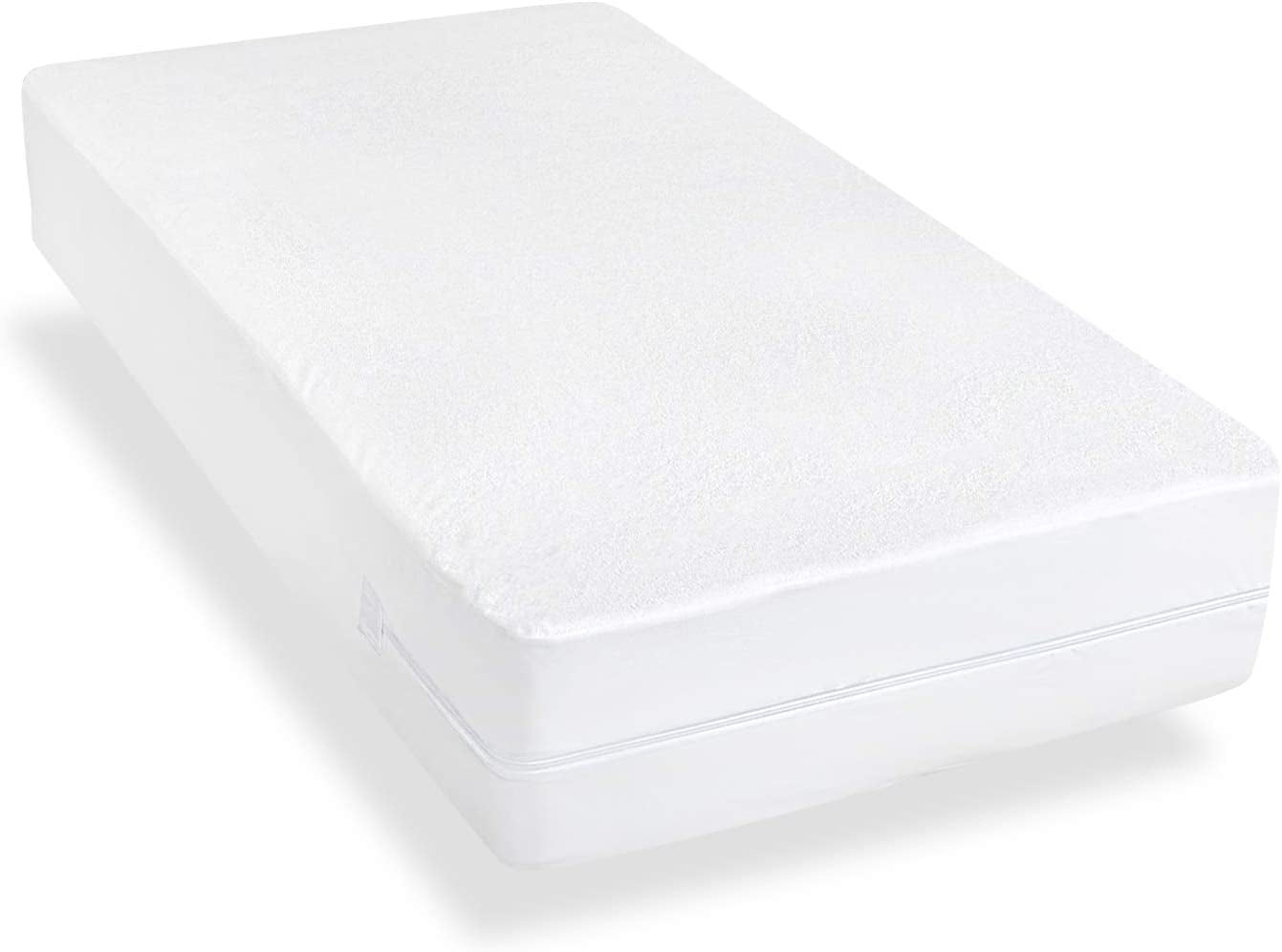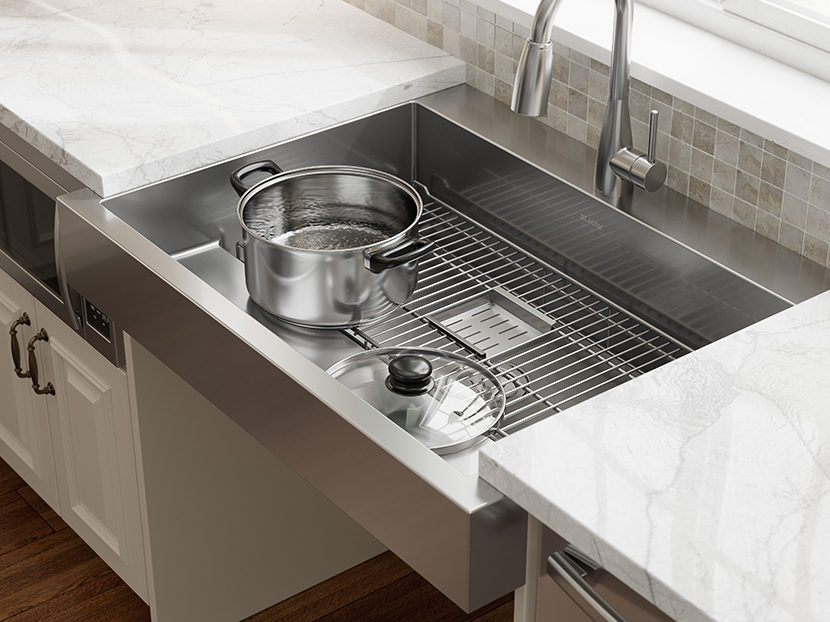If you've noticed tiny insects hopping around your kitchen sink, you may be dealing with springtails. These minuscule creatures are often found in damp and moist areas, making your kitchen sink the perfect breeding ground. But don't worry, there are ways to eliminate them and prevent them from coming back. Start by thoroughly cleaning your sink and the surrounding areas. Use a mixture of hot water and dish soap to wipe down all surfaces, including the faucet and drain. This will help remove any food particles or debris that may be attracting the springtails. Next, try using a natural repellent such as peppermint or tea tree oil. These essential oils have strong scents that springtails dislike, and can be easily applied by mixing a few drops with water and spraying it around the sink. If the infestation is severe, you may need to use a pesticide specifically designed for springtails. Be sure to follow the instructions carefully and take necessary precautions to protect yourself and your family.1. How to Get Rid of Springtails in the Kitchen Sink
If you prefer to avoid using chemicals in your home, there are natural methods to get rid of springtails in your kitchen sink. One effective option is diatomaceous earth, a powder made from fossilized algae. Sprinkle it around the sink and in any cracks or crevices where springtails may be hiding. The powder will dehydrate the insects and kill them. You can also try using a mixture of vinegar and water to clean your sink and repel springtails. The acidic nature of vinegar will help dissolve any organic matter that may be attracting the insects, while also making the area less hospitable for them. Another natural option is to use a solution of water and citrus oil. Limonene, the main component in citrus oil, is toxic to springtails and will effectively repel them. Simply mix a few drops of citrus oil with water and spray it around your sink and kitchen area.2. Natural Ways to Eliminate Springtails in the Kitchen
The best way to deal with springtails is to prevent them from entering your kitchen in the first place. This can be done by fixing any leaks in your sink or pipes, as springtails are attracted to moisture. Make sure to also regularly clean and dry your sink and countertops to remove any potential food sources for the insects. Sealing any cracks or openings in your kitchen can also help prevent springtails from entering. This includes gaps around pipes, windows, and doors. Keep your kitchen well-ventilated and dry to discourage springtails from making it their home.3. Preventing Springtails in the Kitchen Sink
If you're a fan of DIY solutions, there are a few things you can do to control springtails in your kitchen sink. One method is to use a mixture of equal parts baking soda and sugar, and sprinkle it around your sink. Springtails are attracted to the sugar, but the baking soda will kill them. You can also make a trap by placing a shallow dish with a mixture of dish soap and water near the sink. The soap will act as a surfactant and prevent the springtails from hopping out of the water. Another DIY option is to use a mixture of borax and water to spray around your sink and kitchen area. Borax is a natural mineral that is toxic to insects and will help eliminate the springtails.4. DIY Springtail Control for Kitchen Sinks
There are a few reasons why springtails may be invading your kitchen sink. As mentioned before, their main attraction is moisture. So if you have a leaky faucet or pipes, or if your sink is constantly wet, it could be inviting these insects into your home. Springtails are also commonly found in areas with decaying organic matter. If you tend to leave food scraps in your sink or have a garbage disposal, this could be a potential food source for the insects. Additionally, springtails can be brought into your home through potted plants, so be sure to check them for any signs of infestation before bringing them inside.5. Common Causes of Springtails in the Kitchen
If you're unsure whether the insects in your kitchen are springtails, there are a few ways to identify them. Springtails are small, wingless insects that are usually less than 6 mm in length. They come in a variety of colors, but most commonly are grey, black, or white. To treat a springtail infestation, it's important to first identify their entry point. Once you know where they are coming from, you can take the necessary steps to prevent them from entering your home. Use a combination of cleaning, natural repellents, and pesticides to get rid of the insects and keep them from returning.6. Identifying and Treating Springtails in the Kitchen
Essential oils are a popular natural method for repelling insects, including springtails. In addition to peppermint and tea tree oil, mentioned earlier, you can also use other oils such as lavender, eucalyptus, or lemongrass. To use essential oils, mix a few drops with water in a spray bottle and apply it around your kitchen sink and other areas where springtails are present. You can also add a few drops of the oil to a cotton ball and place it in cabinets or other areas where the insects may be hiding.7. Using Essential Oils to Repel Springtails in the Kitchen
Regularly cleaning and sanitizing your kitchen sink is key to getting rid of springtails. Start by removing any standing water and wiping down all surfaces with a mixture of hot water and dish soap. Then, use a disinfectant cleaner to thoroughly sanitize the sink and surrounding areas. Be sure to also clean any drains and disposals, as these are common areas where springtails can hide and breed. You can use a mixture of baking soda and vinegar followed by boiling water to clear out any debris and kill any insects.8. How to Clean and Sanitize a Kitchen Sink to Get Rid of Springtails
If you've tried all the DIY and natural methods but are still struggling with a springtail infestation in your kitchen sink, it may be time to call in a professional pest control service. They will have the knowledge and resources to effectively eliminate the insects and prevent them from coming back. Professional pest control options may include using chemical sprays, baits, or traps. They may also offer advice on how to prevent future infestations and make recommendations for repairing any potential entry points for the insects.9. Professional Pest Control Options for Springtails in the Kitchen
When dealing with springtails in your kitchen sink, there are a few mistakes you'll want to avoid. First, do not use bleach to try and get rid of the insects. Bleach is not effective against springtails and can actually make the problem worse by attracting more insects. It's also important not to ignore a springtail infestation, as they can quickly multiply and spread to other areas of your home. Take action as soon as you notice the insects to prevent a larger problem. Finally, be cautious when using pesticides and always follow the instructions carefully. If you have pets or small children, consider using natural methods and repellents instead. In conclusion, getting rid of springtails in your kitchen sink may require a combination of cleaning, natural methods, and possibly professional help. By following these tips, you can effectively eliminate the insects and prevent them from coming back. Remember to regularly clean and maintain your sink and kitchen area to make it less attractive to springtails in the future.10. Common Mistakes to Avoid When Dealing with Springtails in the Kitchen Sink
The Problem with Springtails Around Your Kitchen Sink

Springtails are tiny, primitive insects that are commonly found in damp and moist areas around the house. They are typically harmless and can actually be beneficial as they feed on decaying organic matter. However, when they start to infest your kitchen sink, it can become a nuisance and a potential health hazard. Here's what you need to know about springtails and how to get rid of them.
What are Springtails?

Springtails, also known as "snow fleas", are small wingless insects that are less than 1 mm in length. They are usually gray or black in color and have a distinct jumping behavior, using a forked appendage called a furcula. They thrive in moist environments and can be found in soil, leaf litter, and on the surface of water. They are most active during the spring and fall seasons, hence the name "springtails".
Why Are They Around Your Kitchen Sink?
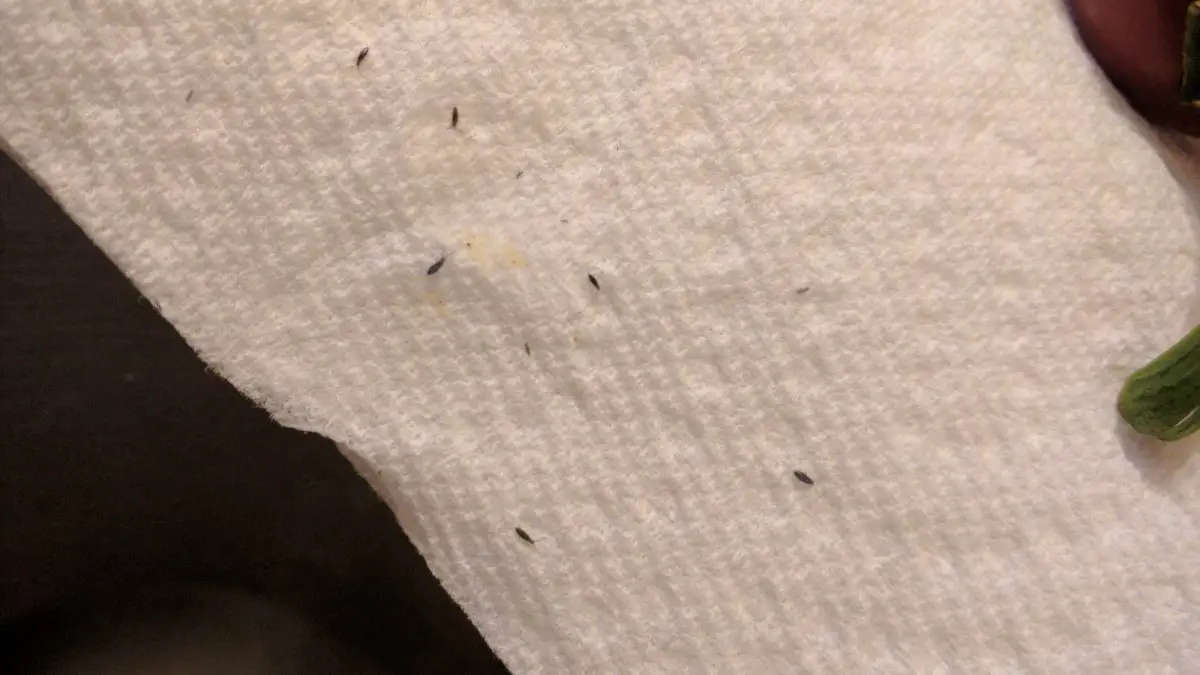
Springtails are attracted to moisture and can easily find their way into your kitchen through tiny cracks and crevices. They are commonly found in and around sinks because of the constant presence of water and food particles. In addition, if you have any leaky pipes or faucets in your kitchen, it can create the perfect breeding ground for springtails.
The Dangers of Springtails in Your Kitchen
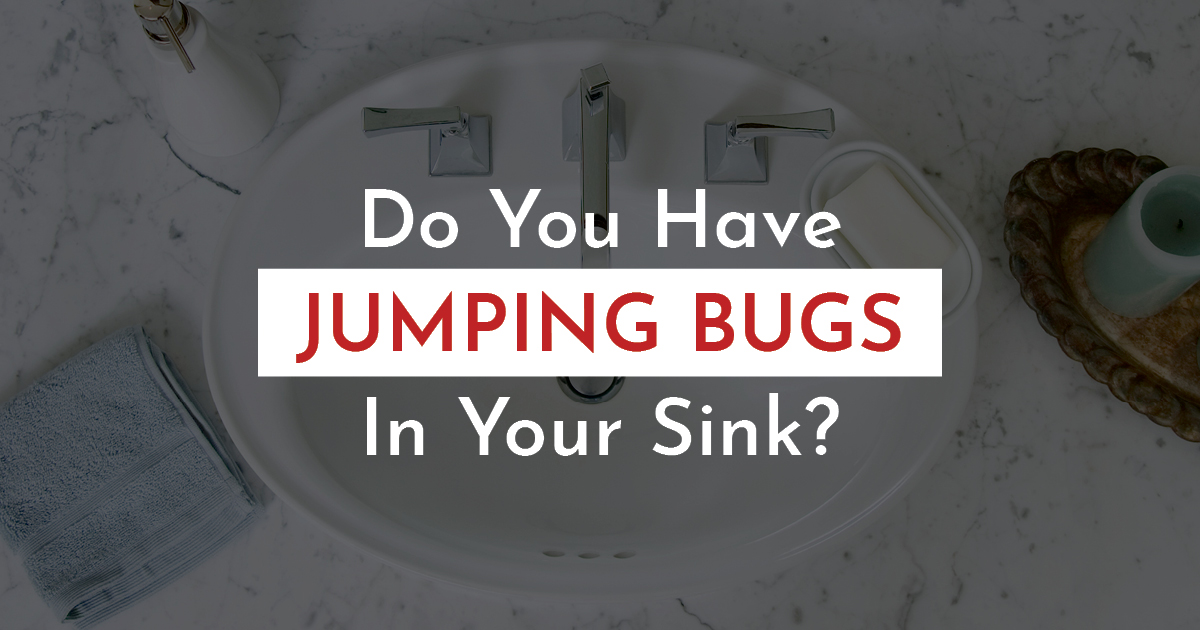
While springtails are not known to transmit diseases, they can still pose a threat to your health. These insects have been known to contaminate food and surfaces with bacteria and other pathogens. In addition, their presence can also trigger allergies and respiratory problems in some individuals, especially those with pre-existing conditions.
How to Get Rid of Springtails

The first step to getting rid of springtails in your kitchen is to identify and fix any sources of moisture, such as leaks or standing water. Keep your kitchen clean and dry, wiping down counters and sinks regularly. You can also use a dehumidifier to reduce the humidity in your kitchen, making it less appealing for springtails to thrive.
For a more direct approach, you can use natural remedies such as diatomaceous earth or vinegar to kill and repel springtails. You can also opt for store-bought insecticides, but be sure to follow the instructions carefully and use in well-ventilated areas.
Preventing Future Infestations

To prevent springtails from coming back, it's important to maintain a clean and dry kitchen. Fix any leaks or standing water immediately and regularly clean out your sink and drains. You can also seal any cracks or crevices around your kitchen to prevent these insects from entering.
In conclusion, while springtails may seem harmless, an infestation in your kitchen can lead to potential health risks. By taking preventive measures and properly getting rid of them, you can ensure a clean and pest-free kitchen for you and your family.




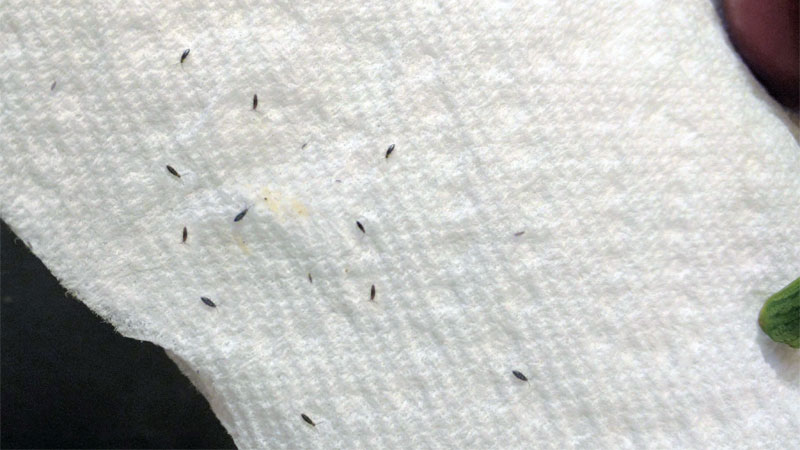
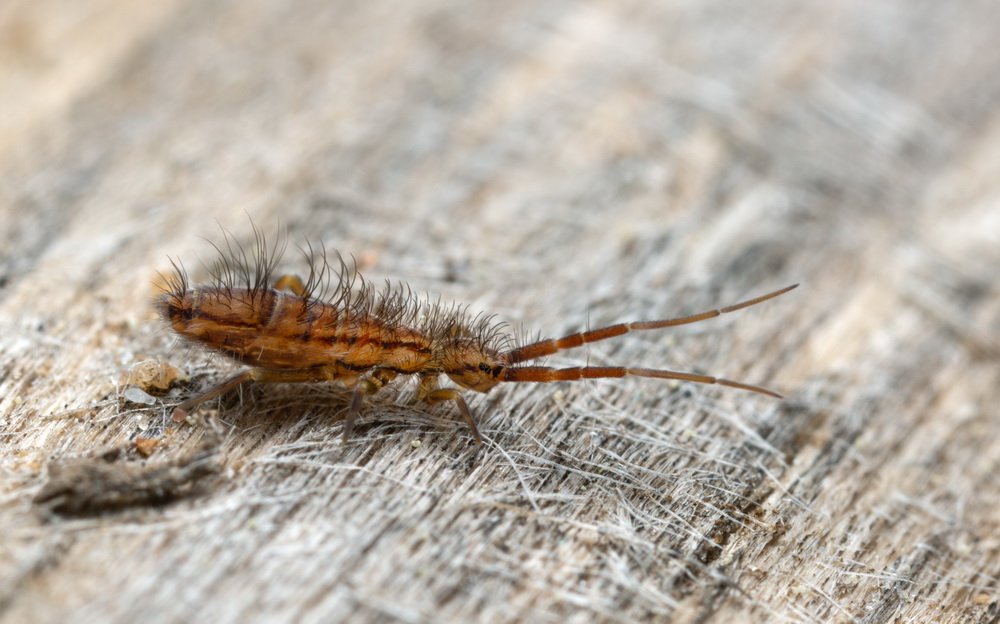
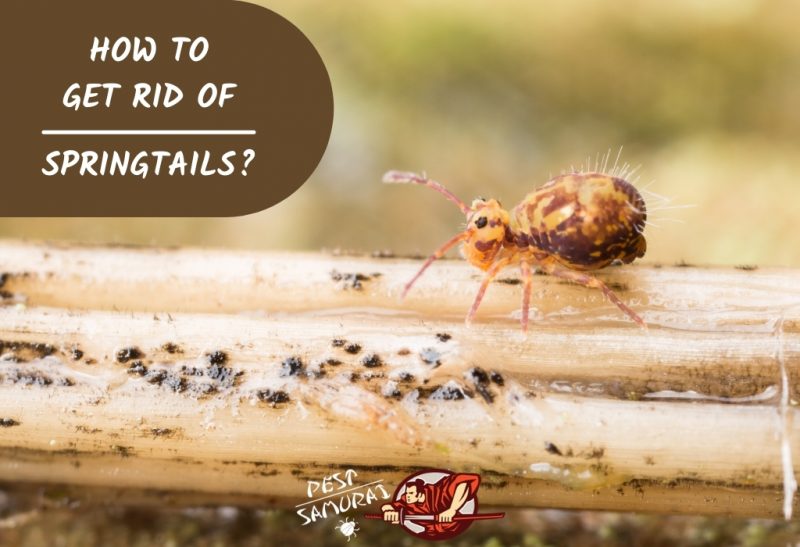

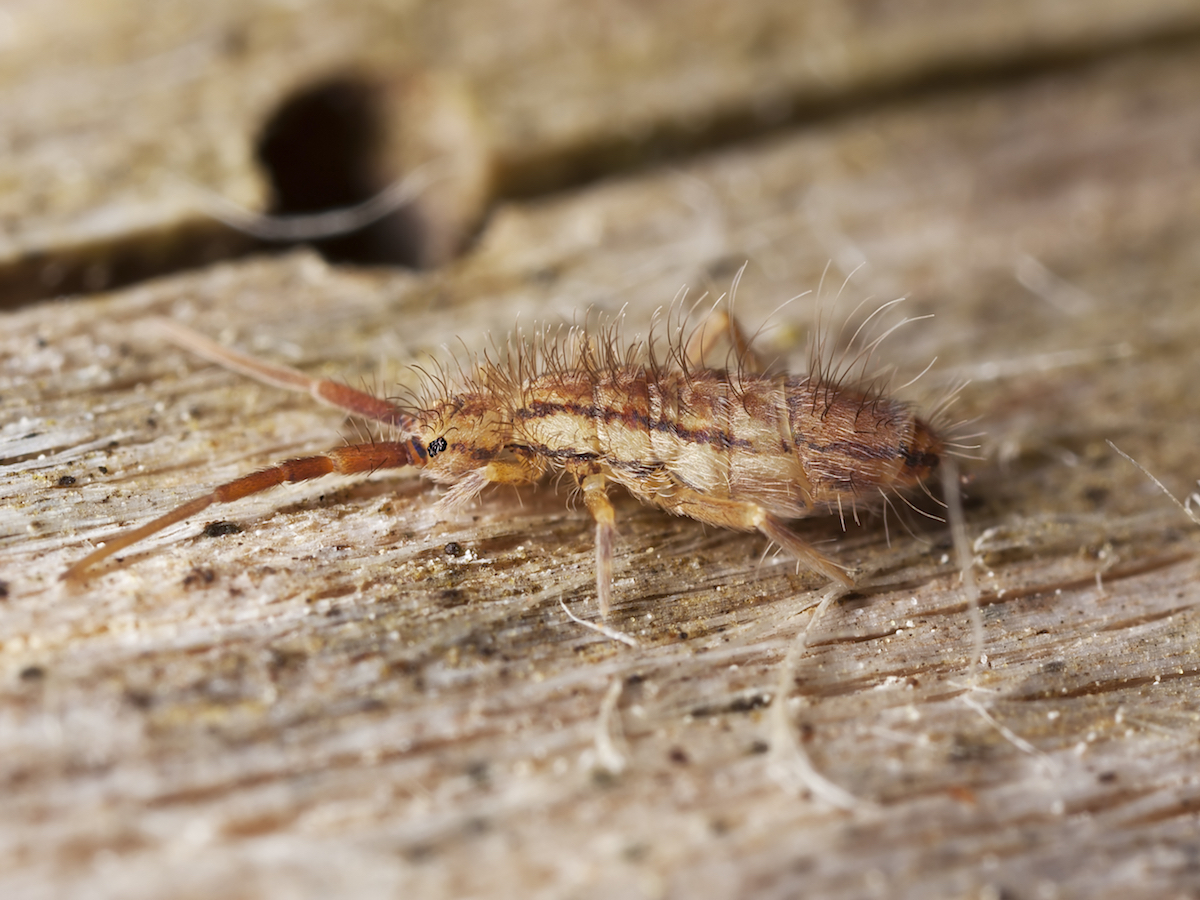
















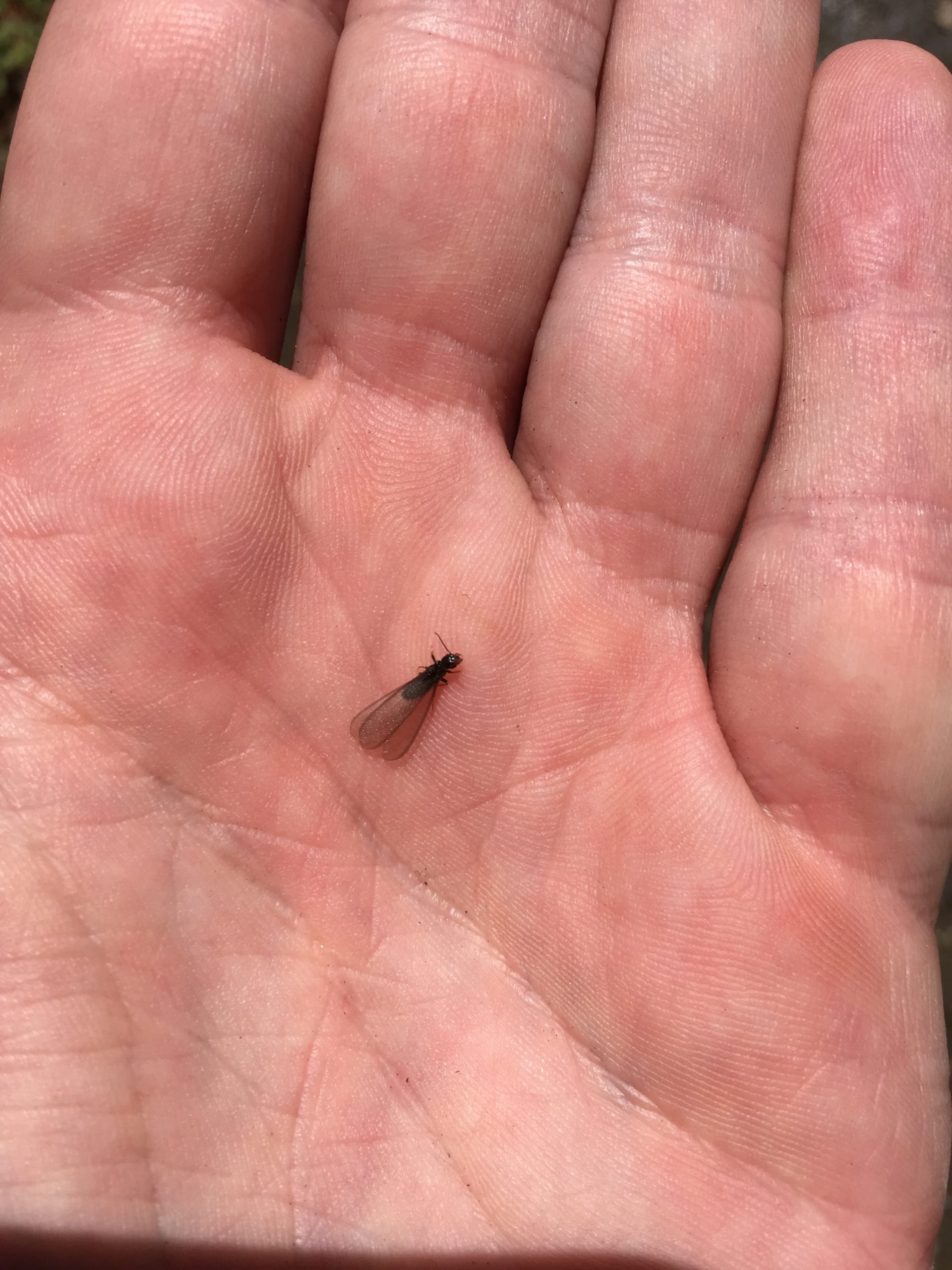


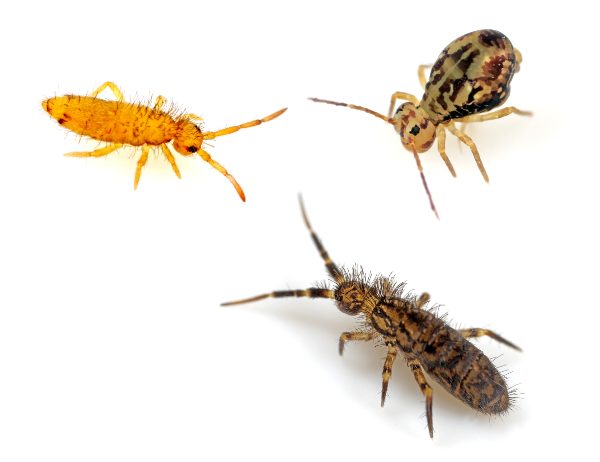


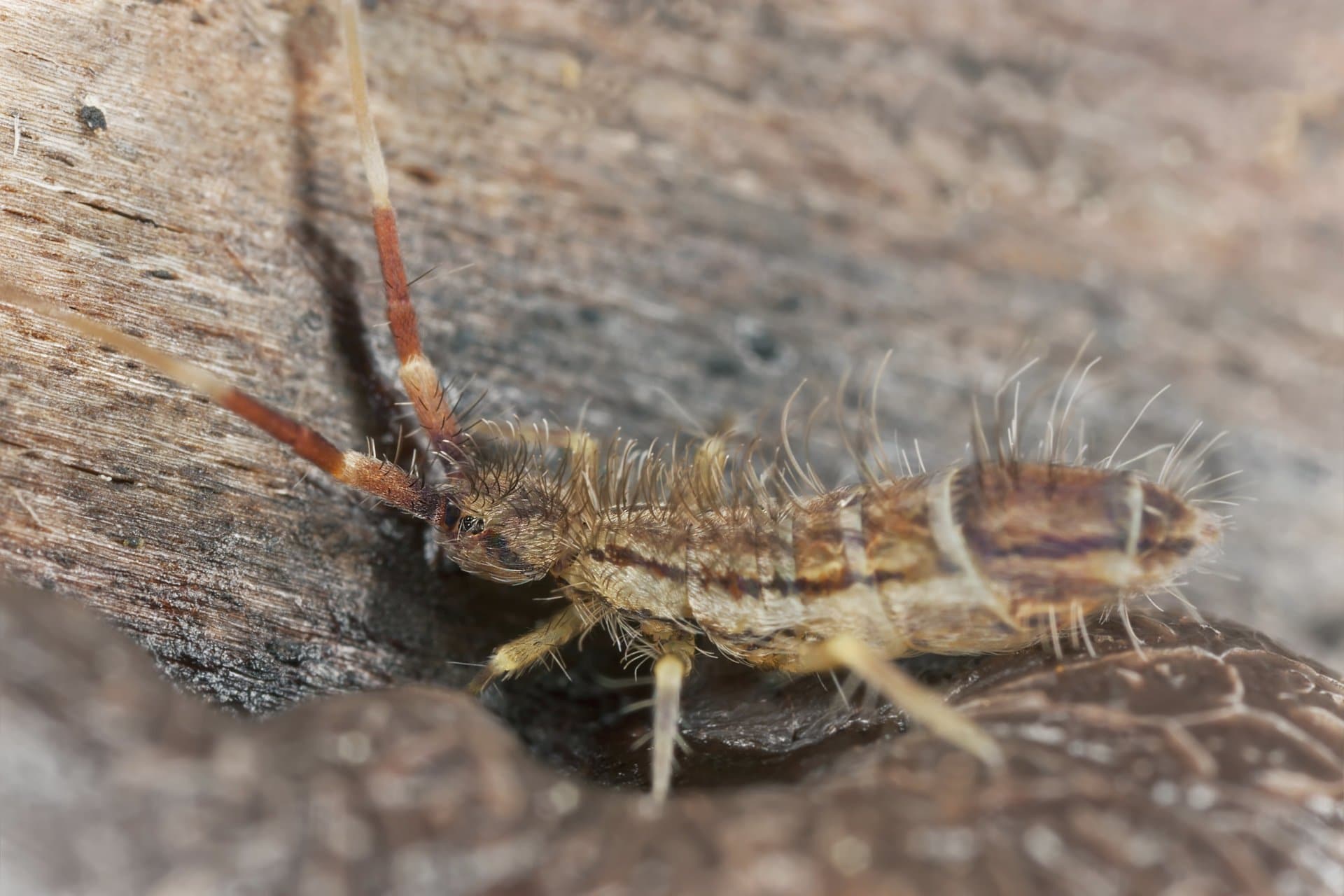



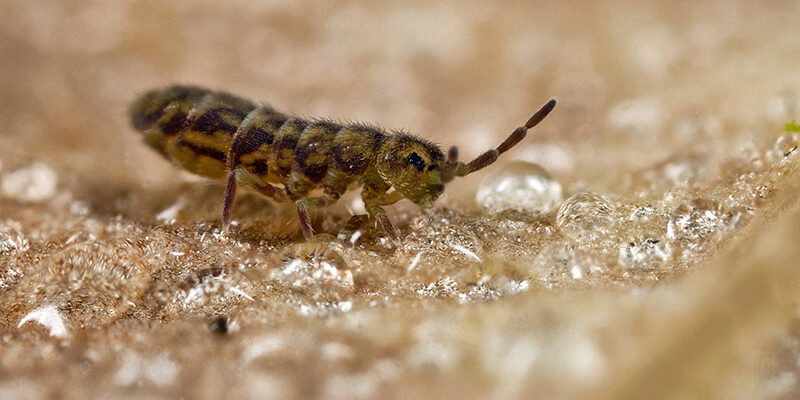
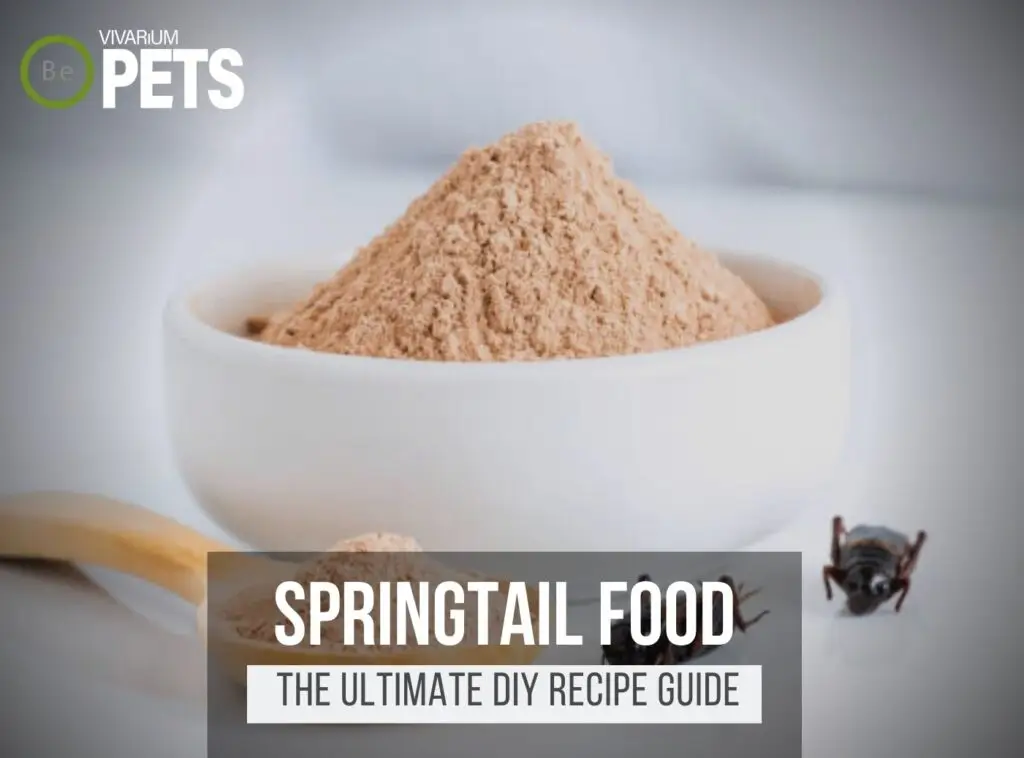




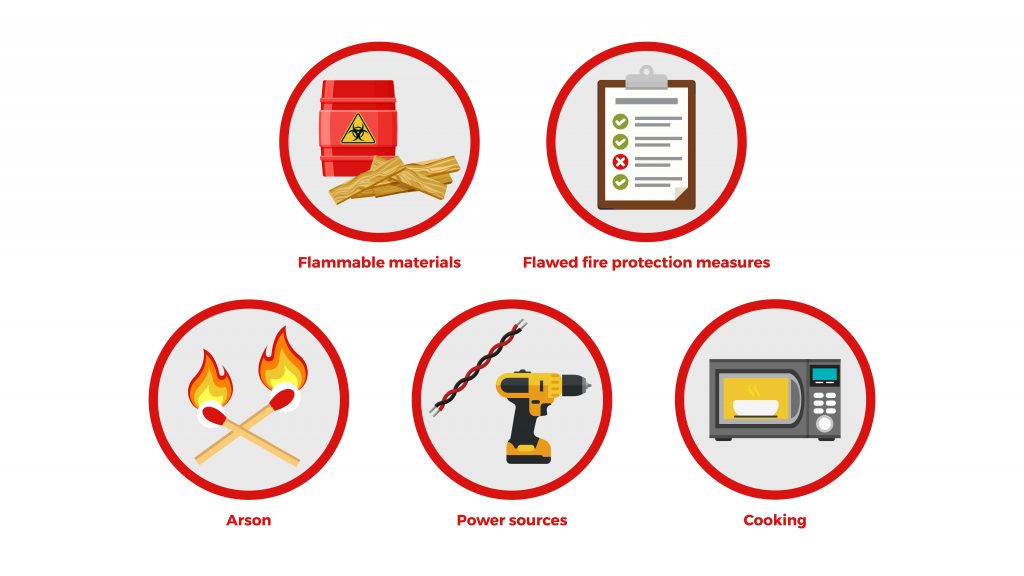

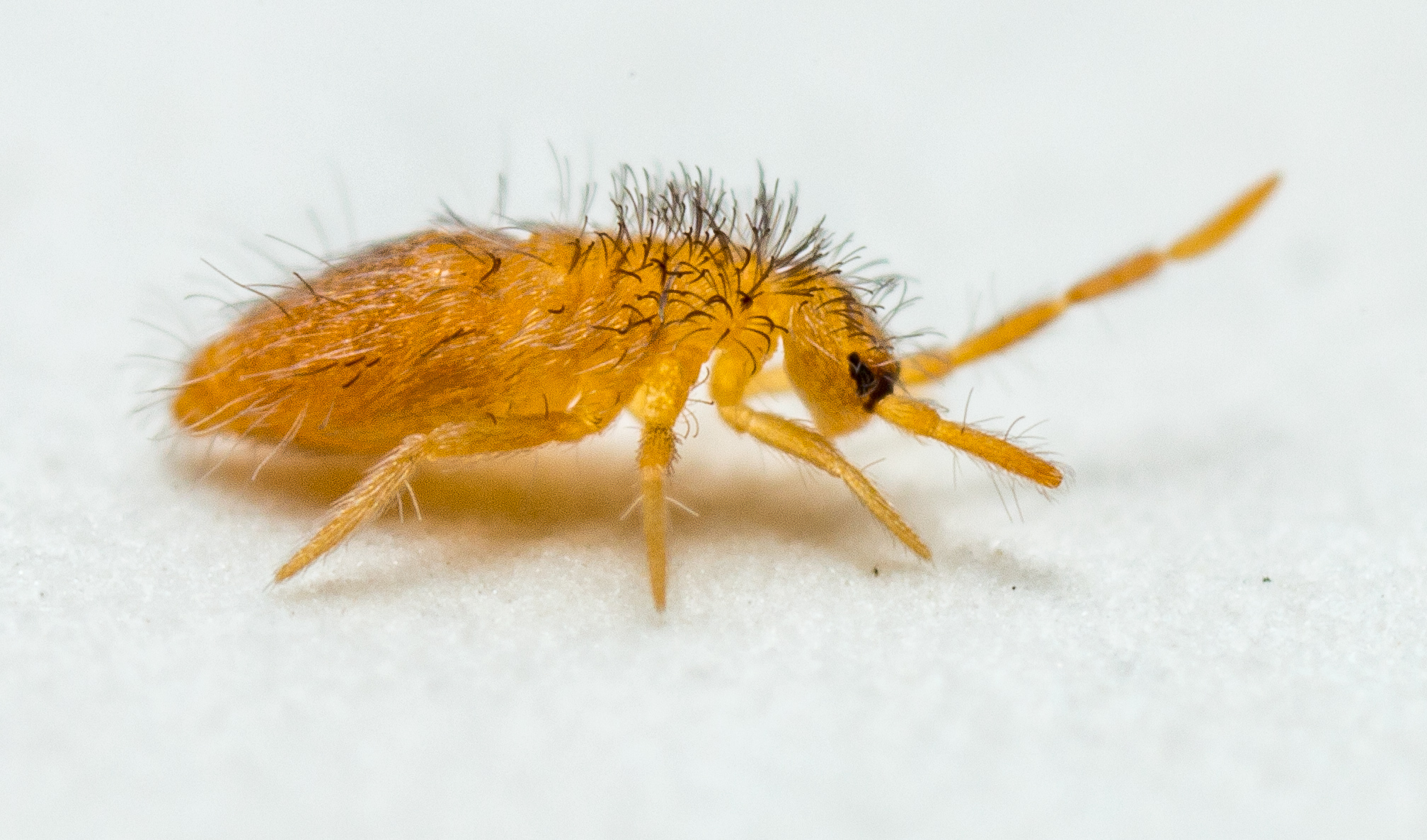


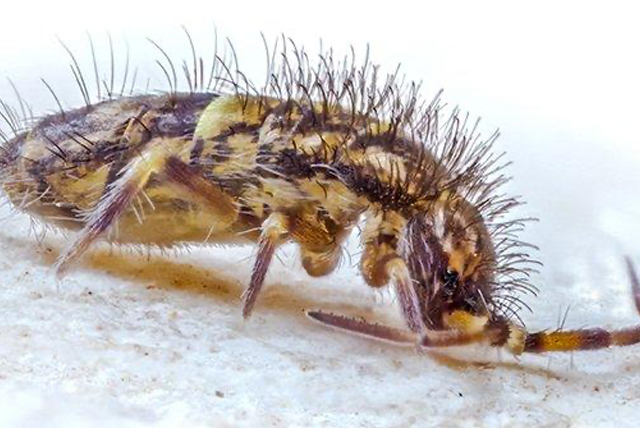
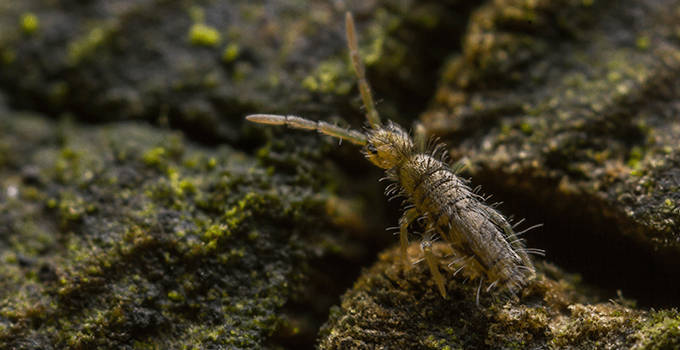


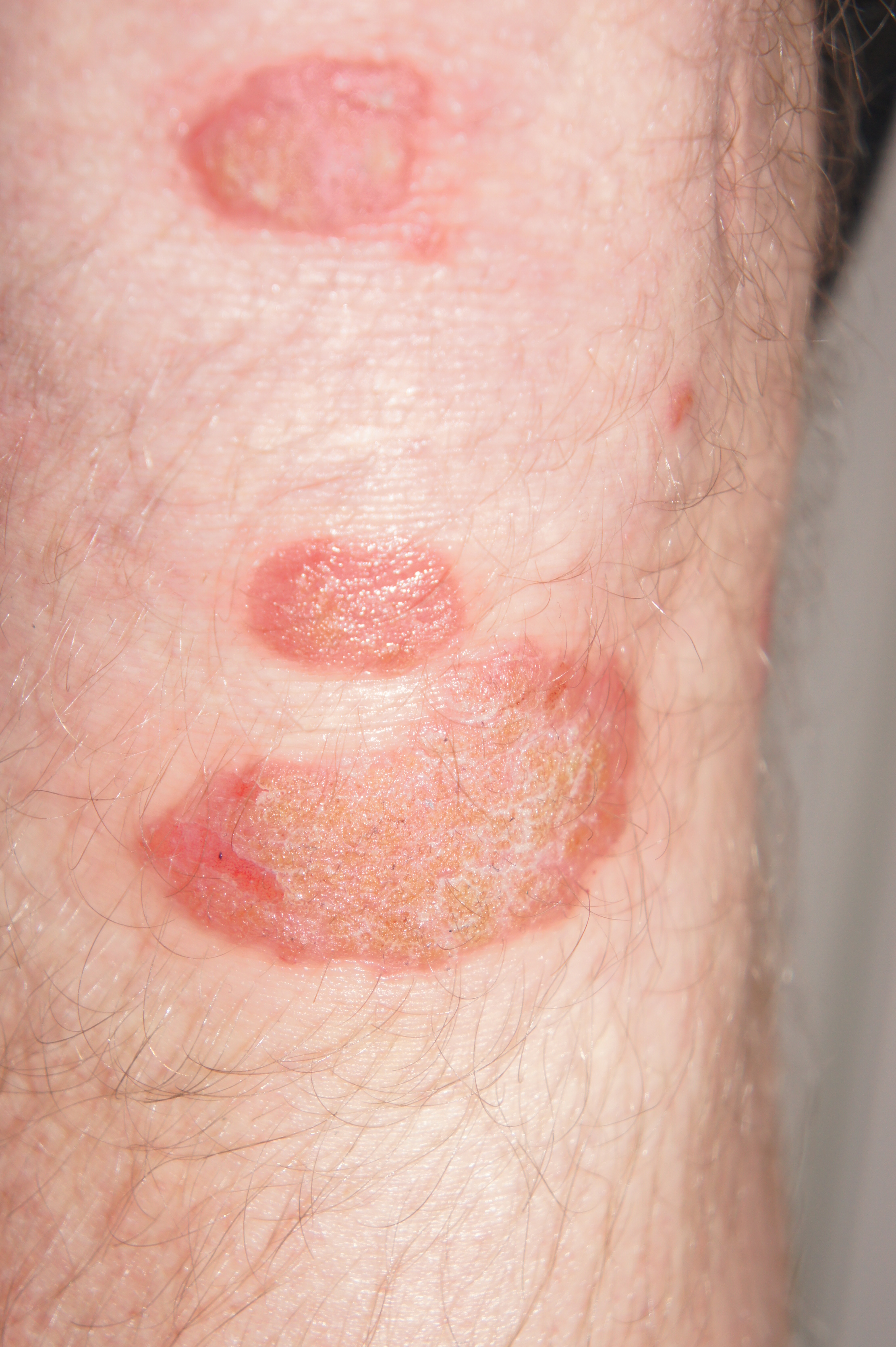


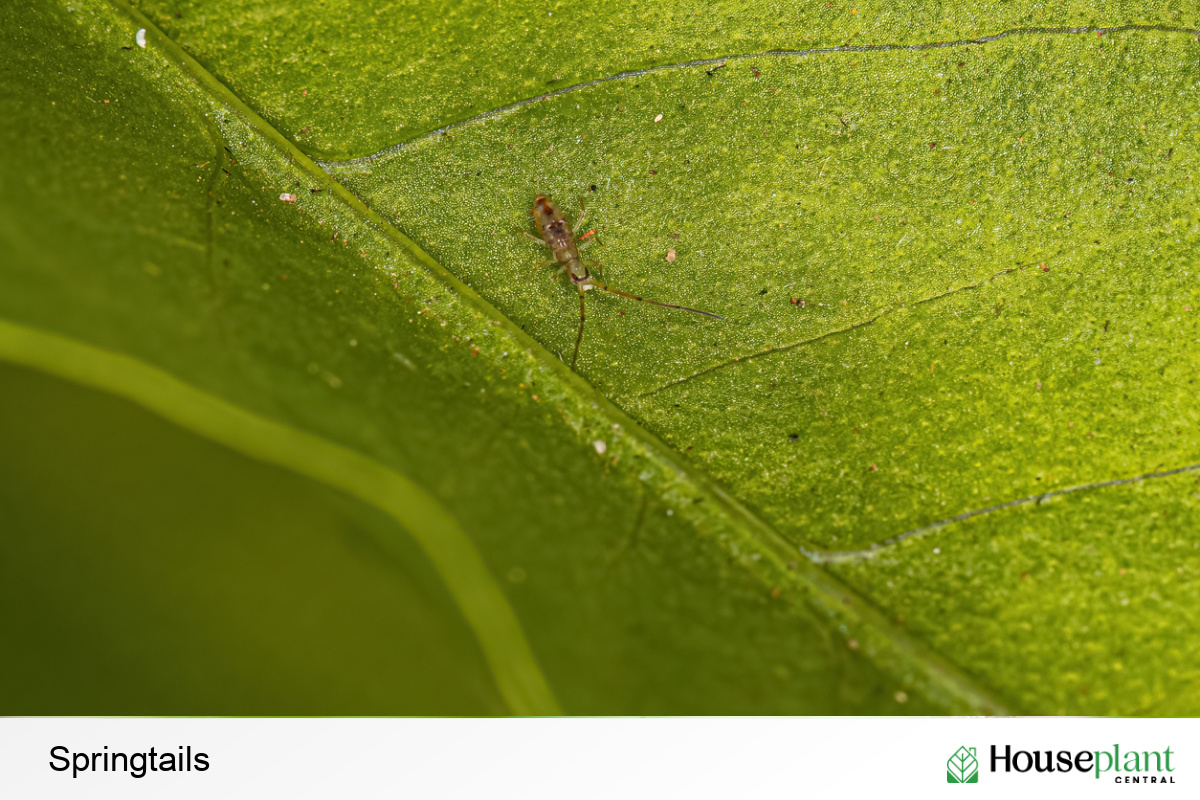



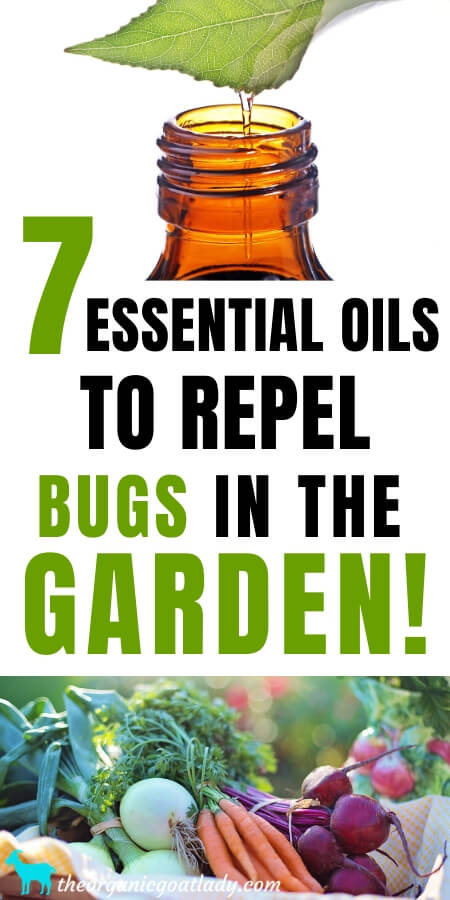
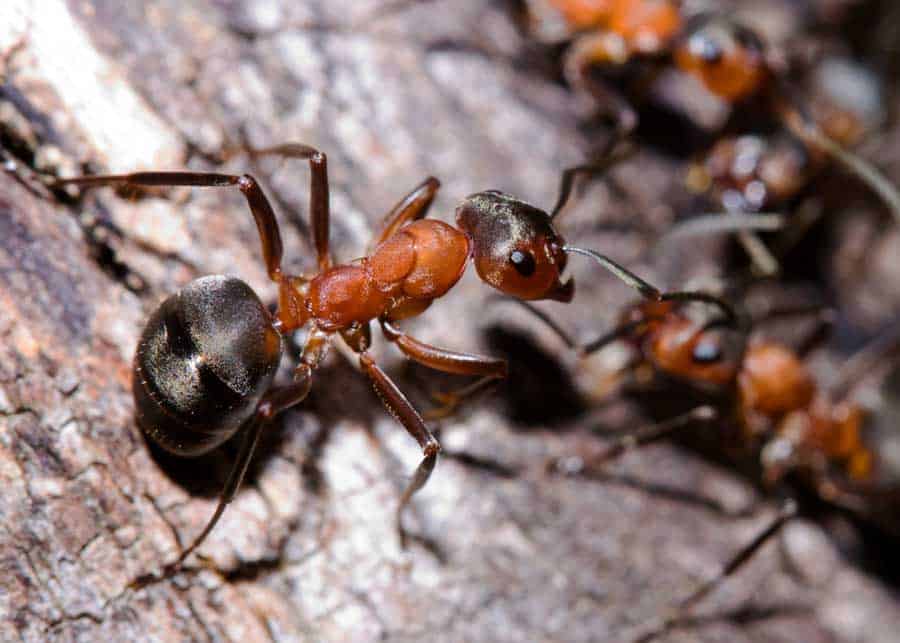

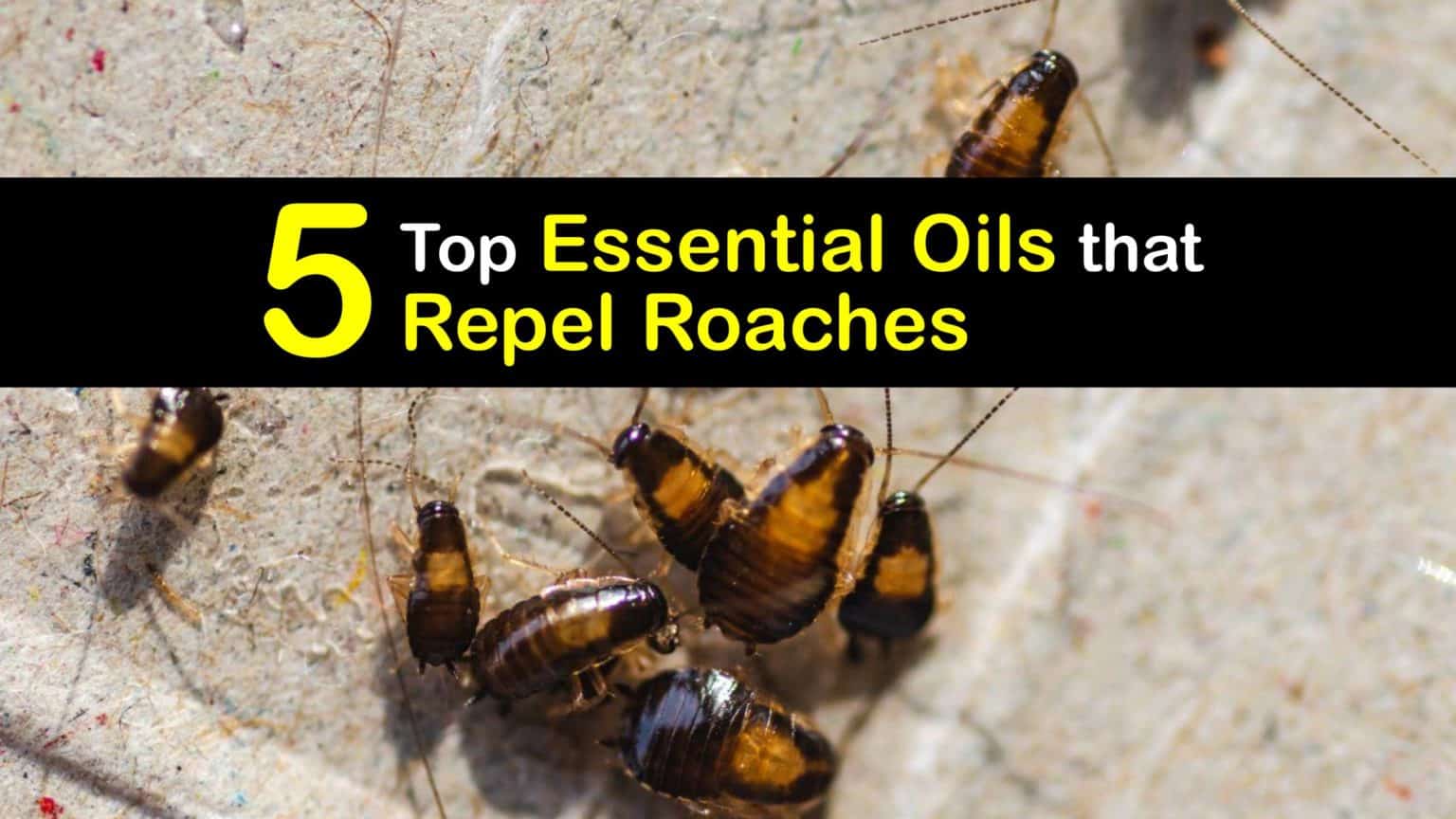


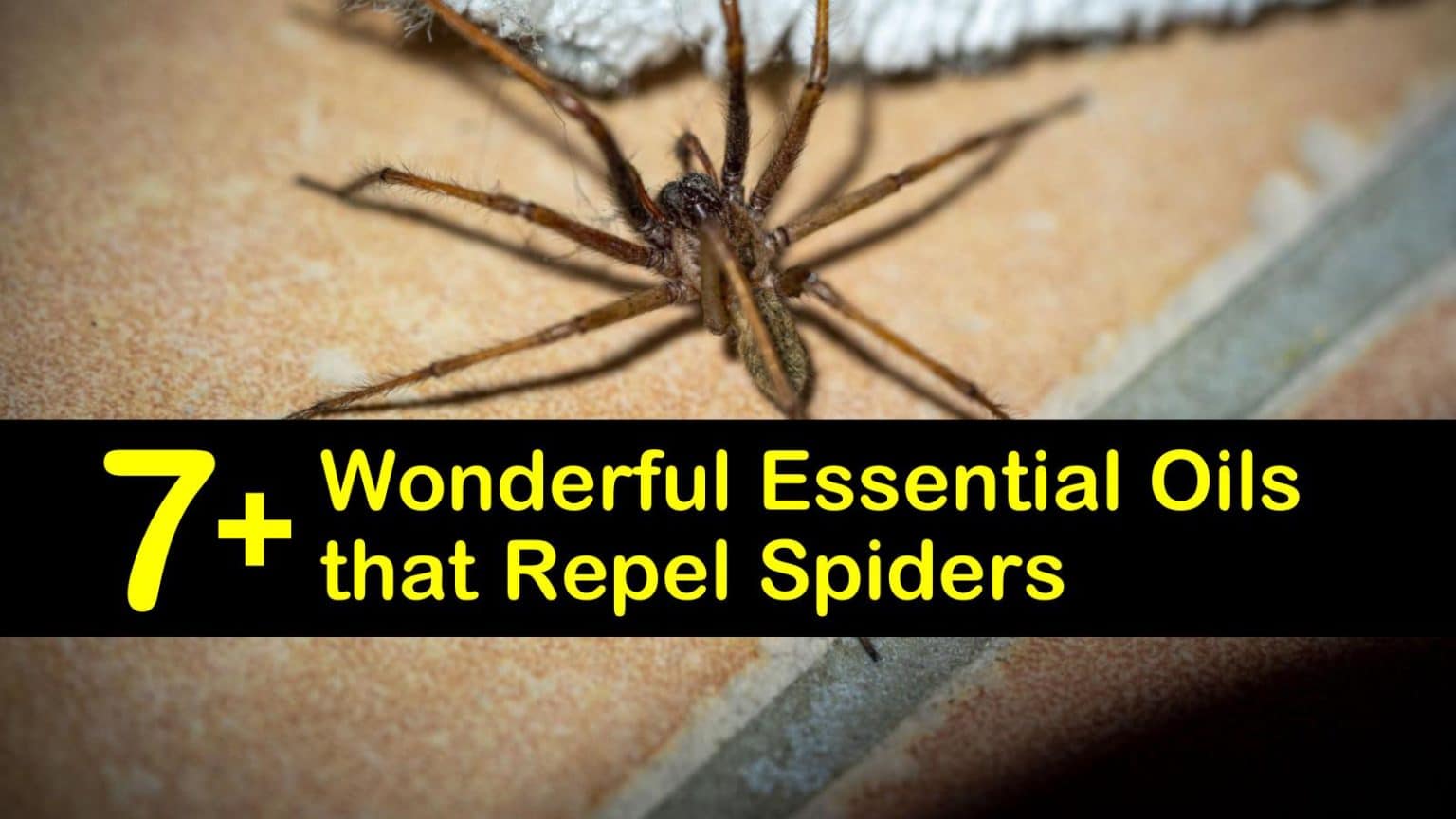






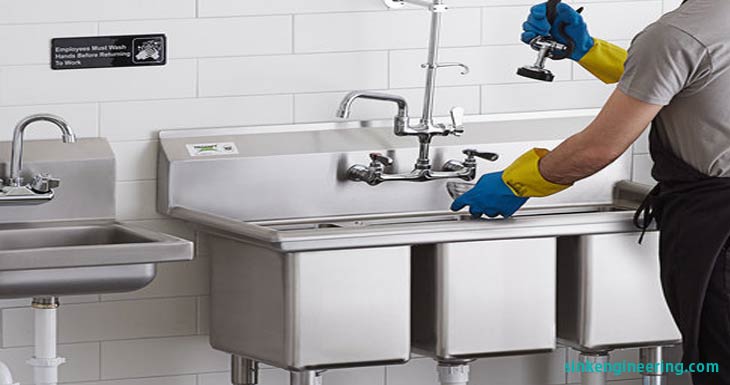

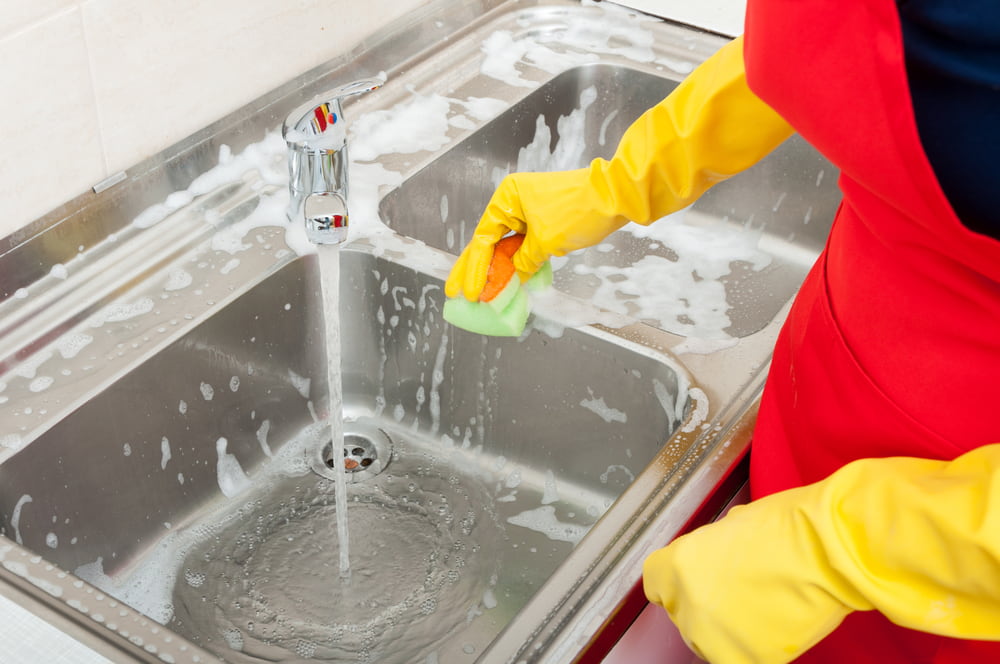
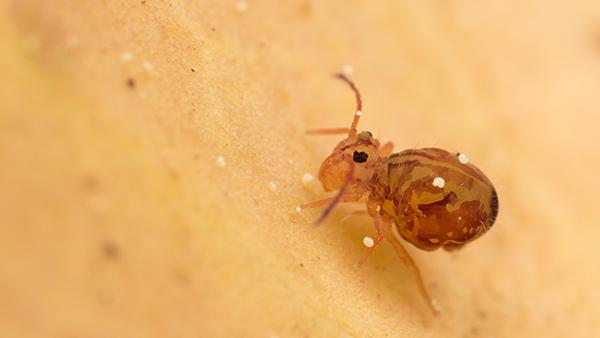

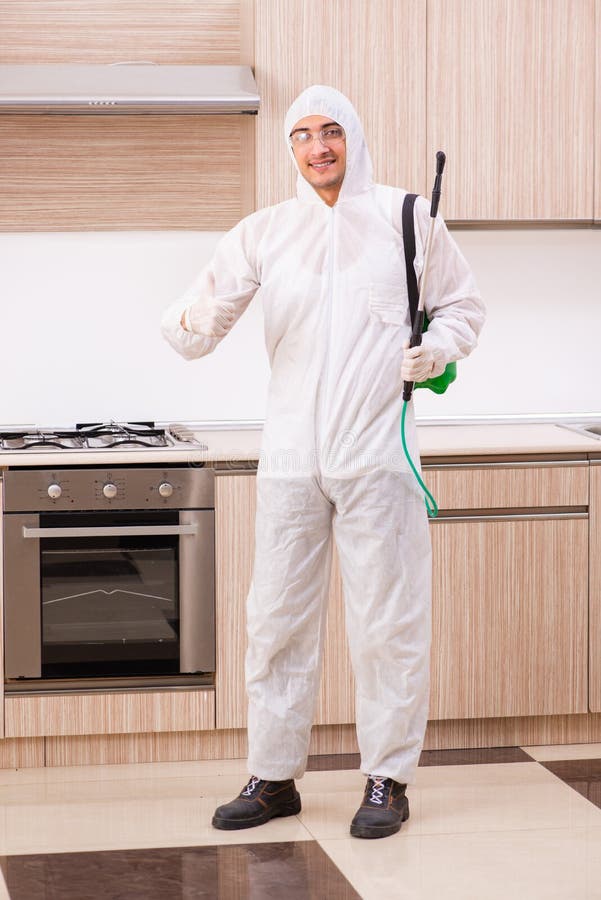

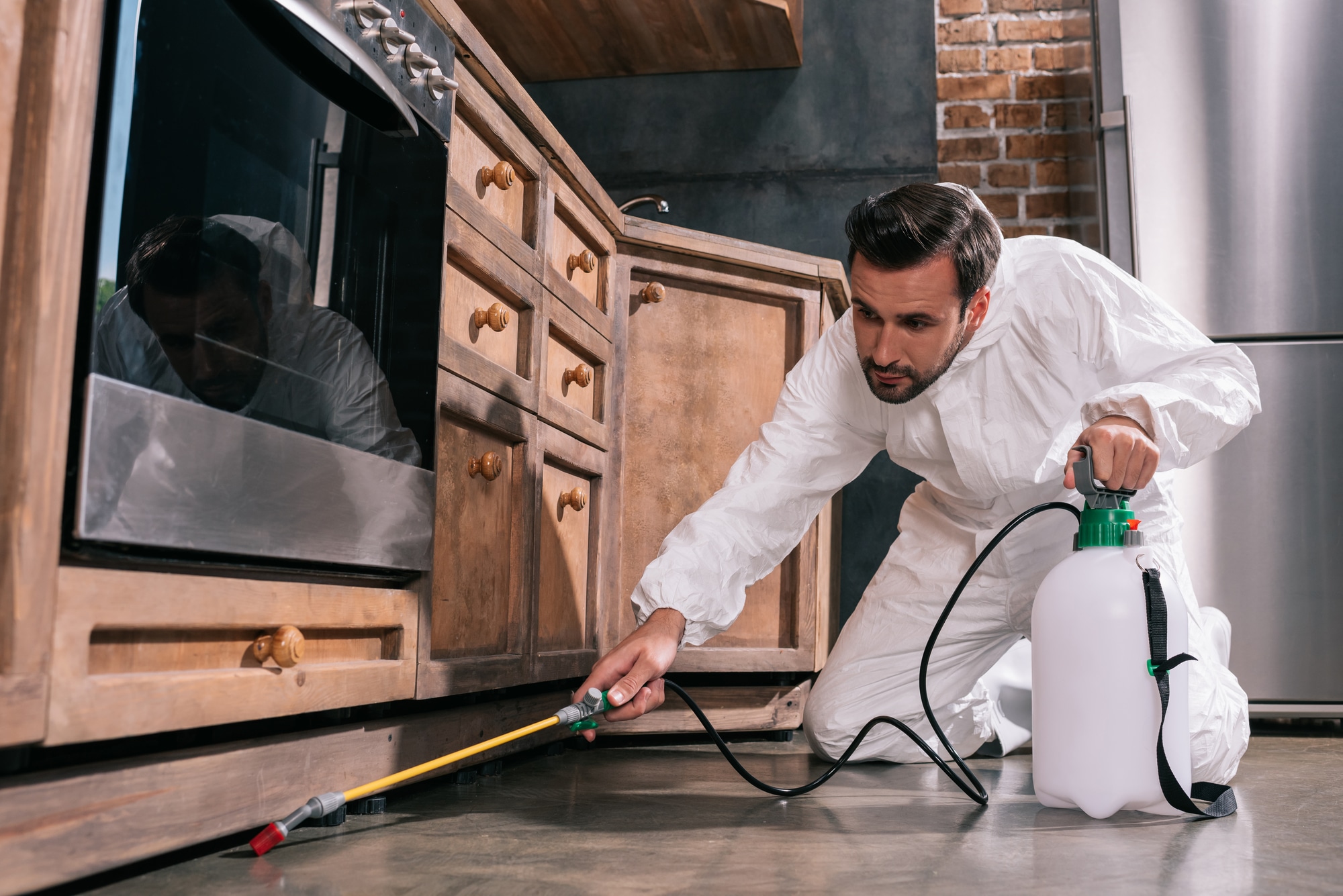
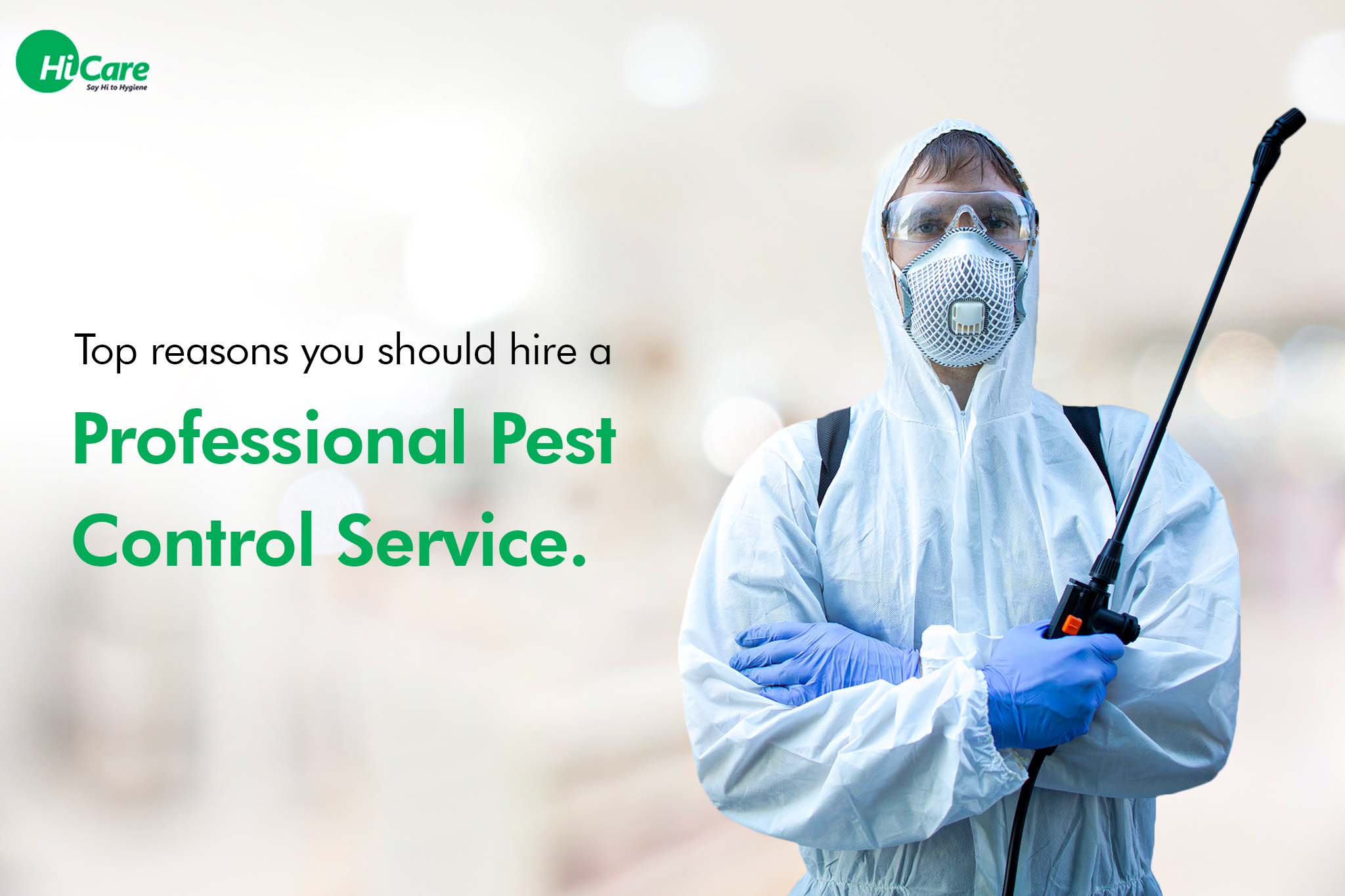

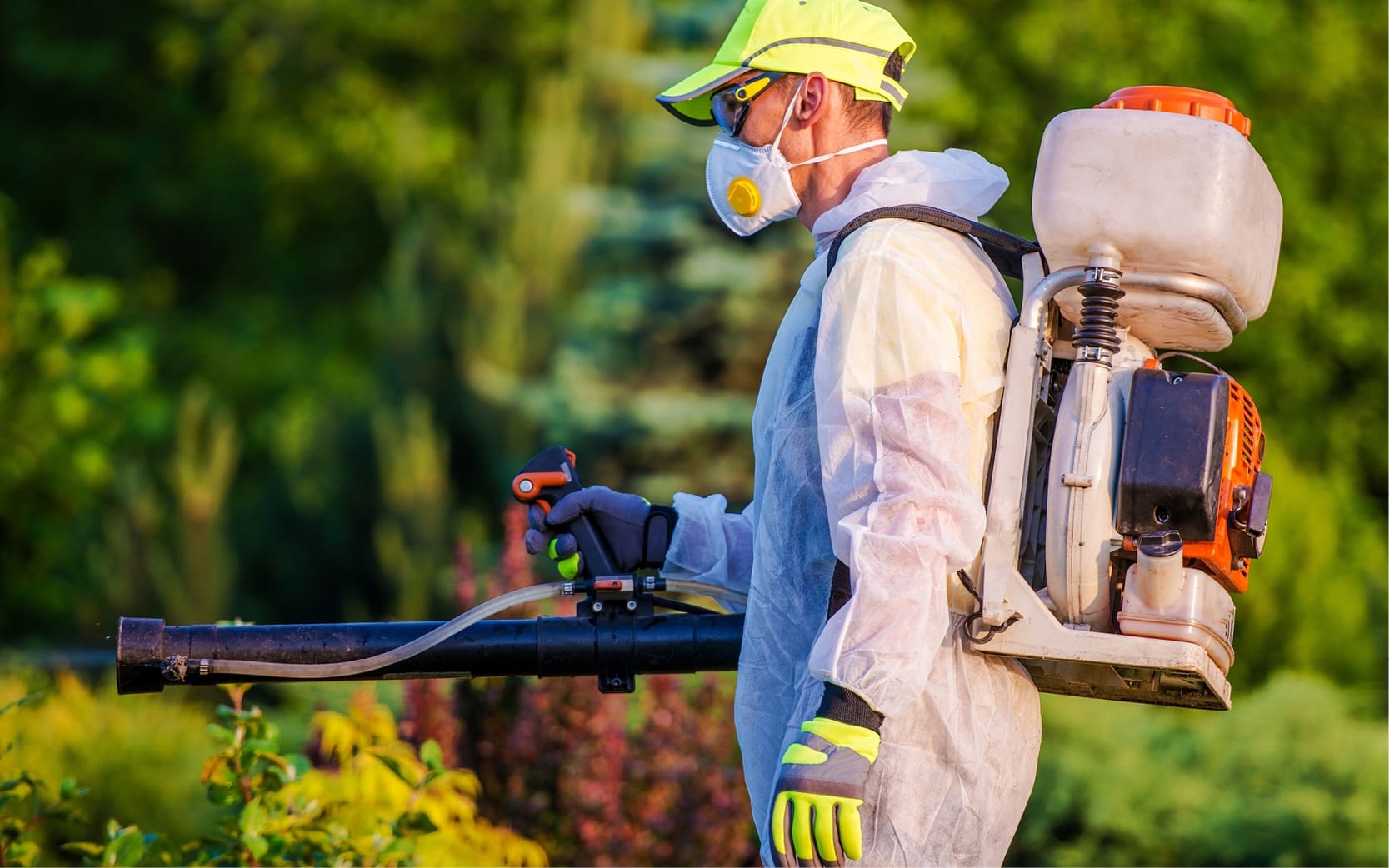

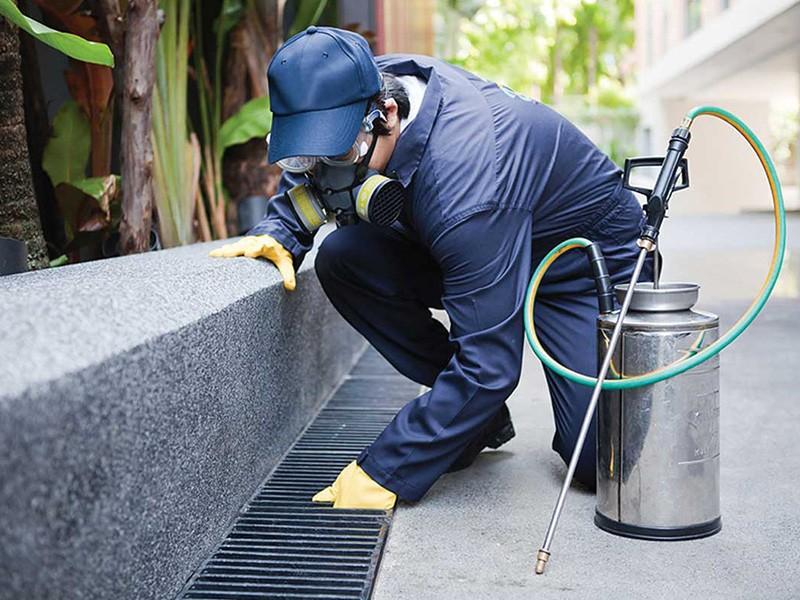





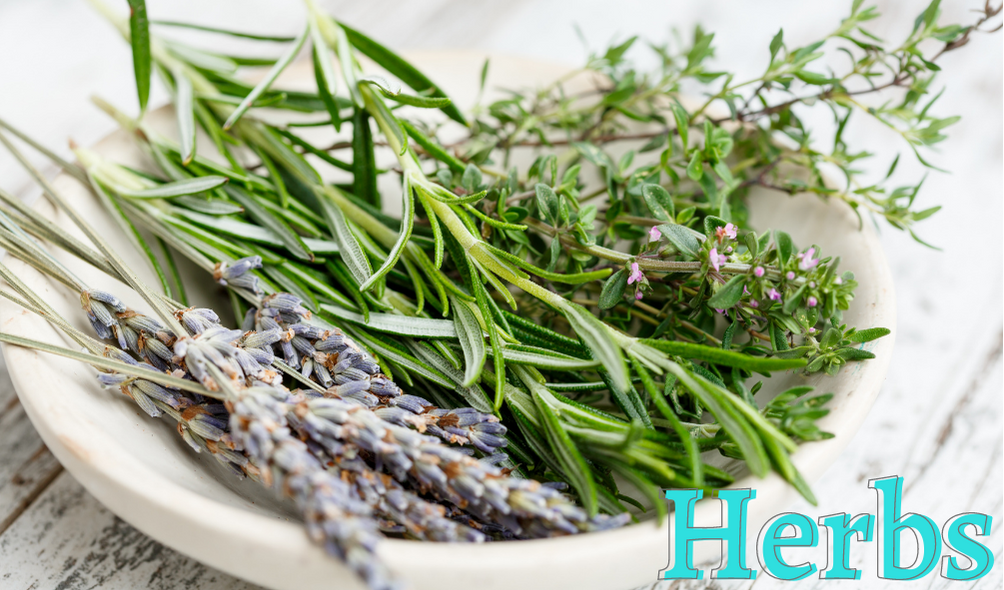




:max_bytes(150000):strip_icc()/Bright-and-Cheerful-Living-Room-58be0a0c5f9b58af5c6d5276.png)



